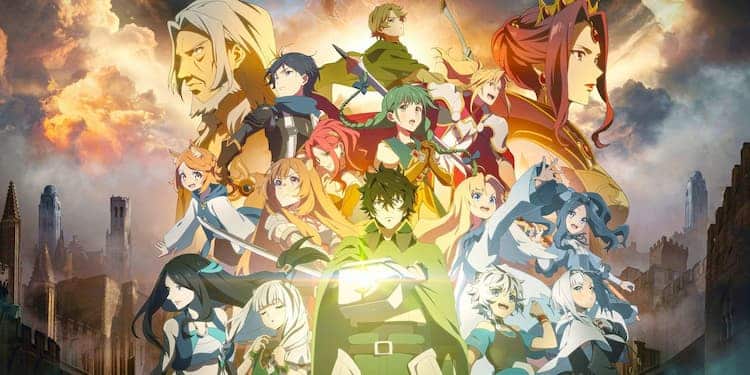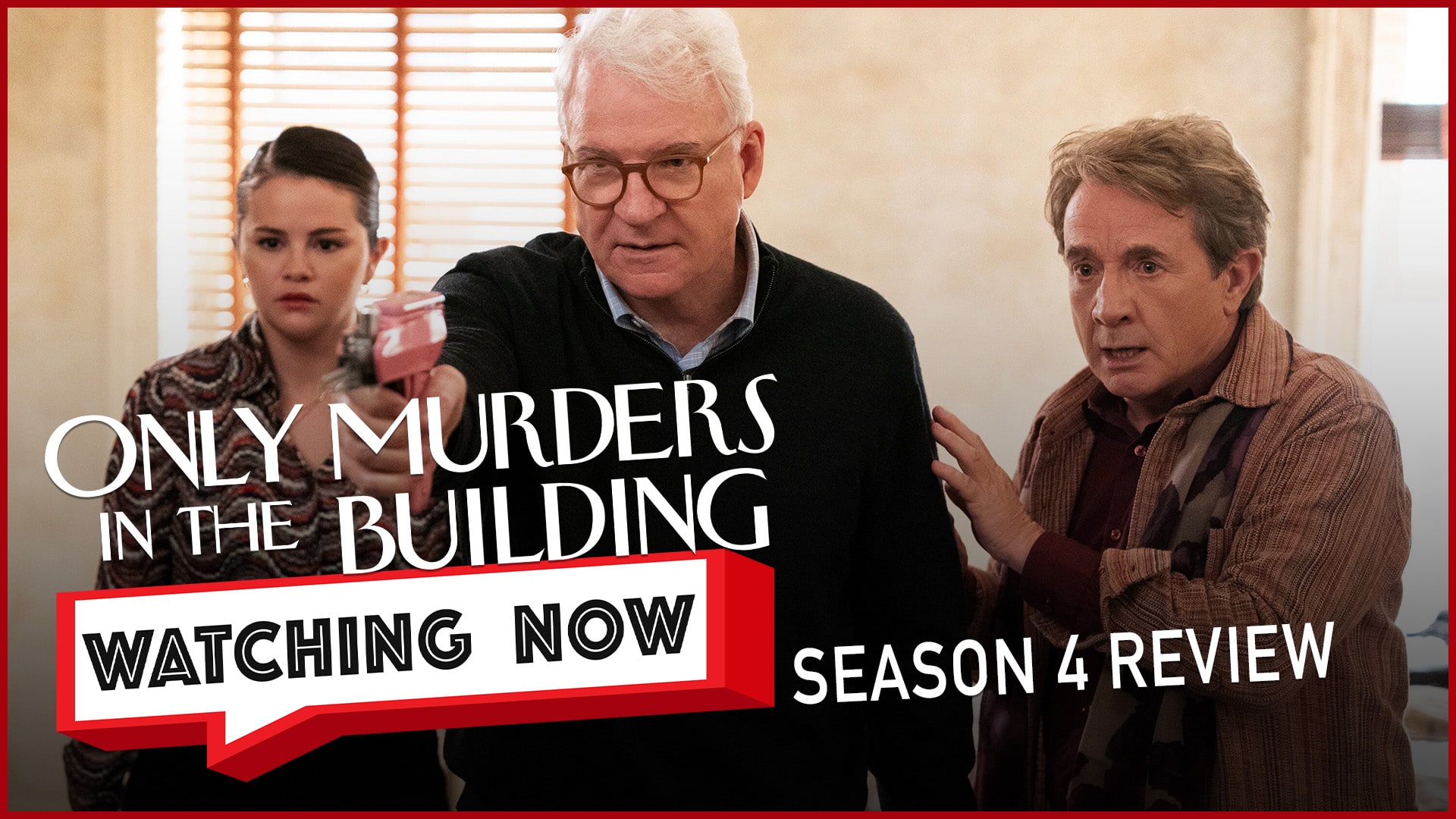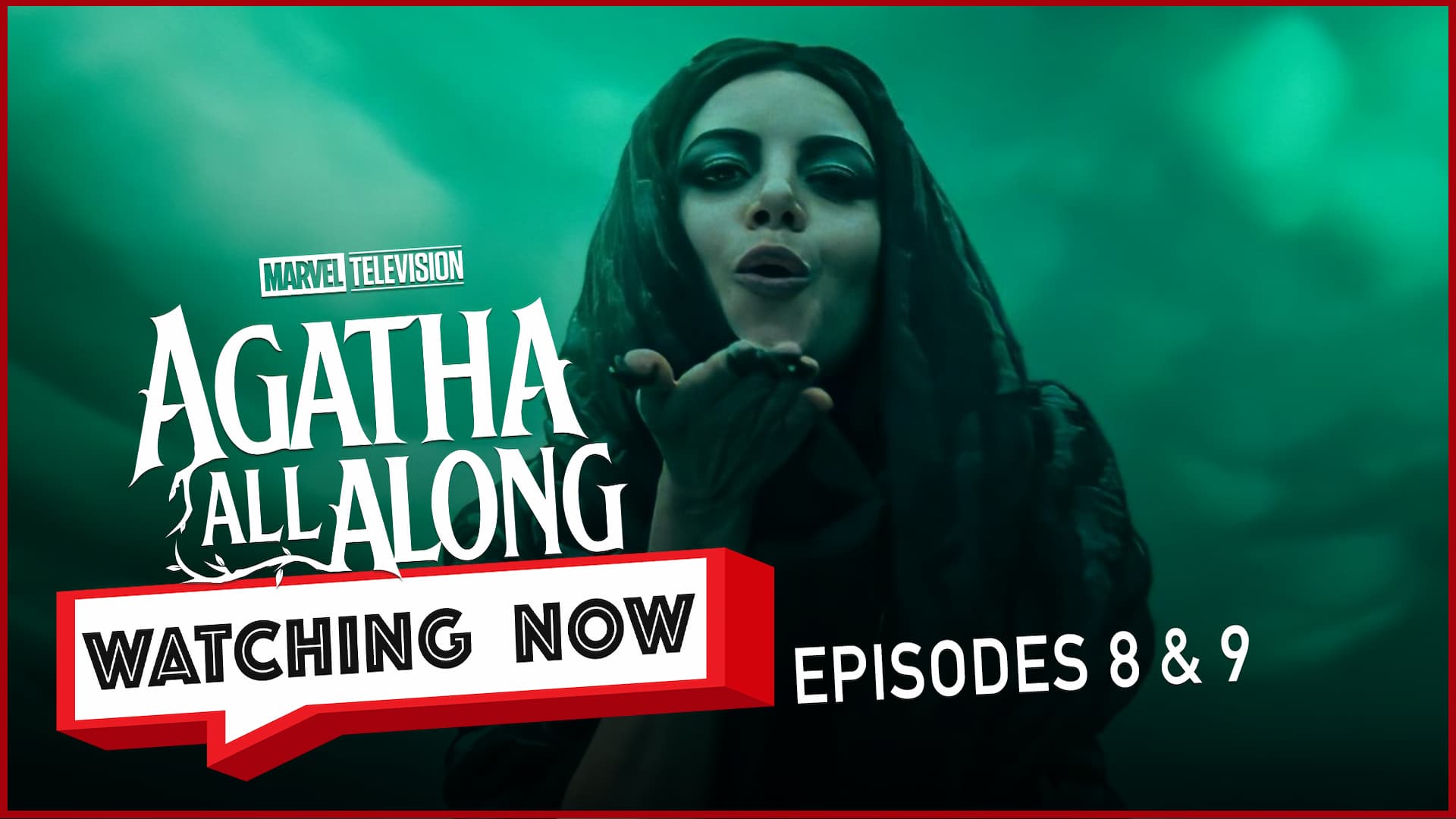
Over the years, light novel authors and anime studios have tried to find new ways to keep the isekai genre fresh. There’s been slice-of-life series like Bofuri and comedy series like Cautious Hero. But the type of series that has found the most success is the dark fantasy isekai. These series normally tackle darker topics and are less “Wow, I’m in a world with magic. This is awesome” and more “I just got here, and I’ve been accused of a crime I didn’t commit, and the whole kingdom hates me.” That was an oddly specific example, but that’s because it’s what happens in one of my favourite dark fantasy isekai series, The Rising of the Shield Hero. This series is one of the best, and it’s easy to see why, with its compelling story, interesting characters, and mature themes that will keep you engaged the entire time.

Like most isekai, The Rising of the Shield Hero follows a person from Japan who has been teleported to another world. In this case, Naofumi Iwatani, a 20-year-old college student who spends his days gaming and walking around town. One day, while out and about, Naofumi checks out the library and finds a book he’s never seen. Titled the four cardinal heroes, Naofumi is intrigued, but his curiosity causes him to be whisked away to the Kingdom of Melromarc alongside three other people. Naofumi also notices that he has a shield that he can’t remove and has unintentionally stepped into the role of the Shield Hero, one of the four Cardinal Heroes that will save the world. Naofumi is pretty optimistic about this new situation. However, after falling victim to a manipulative Princess, Naofumi is now called the devil of the Shield and is ostracised by basically everyone. Naofumi will have to do whatever it takes to survive, get revenge, and save the world.
That was a lot, but that was also only the first episode. This story lures you in with familiar tropes such as being transported to another world, having video game stats and levels, and having the main character be one of the chosen heroes. But when those last few minutes of episode one happen (which is an extended 50-minute episode), you’ll realise that this story and series is something different (in a good way). I was immediately invested in this story, and I still am after three seasons. The twists and turns kept me on the edge of my seat and made me constantly stressed about what would happen next. The story also doesn’t shy away from distasteful topics such as slavery. Hell, one of the characters that helps Naofumi the most is called the Slave Merchant. The series has veered away from the very dark stuff in recent seasons, but it’s still just as good.

At first glance, the characters in Shield Hero look like the generic isekai fare you’d expect. Naofumi has the typical black spikey hair, and the side characters look like your run-of-the-mill fantasy people. But what’s so great about Shield Hero is how it flips most of these assumptions on their head in the first episode. Take Naofumi, for example; in any other isekai series, he would have overpowered abilities galore and be the most popular person in the world after one day. Instead, he has the “weakest” cardinal weapon, the shield, and is despised by nearly everyone. This leads the once-caring Naofumi to become a hardened adventurer who trusts no one and won’t hesitate to leave you for dead. But instead of just being the edgiest of bois, Naofumi is still a good person deep down, and the moments that side of him shines through make for some great moments for him and the supporting cast.
Throughout the series, several characters cross paths with Naofumi. The character that has had the most impact on our angry hero is the demi-human Raphtalia. Raphtalia was first introduced as a slave that Naofumi bought so he could fight monsters more efficiently (because you can’t really cut a monster with a shield). What starts as a relationship of necessity evolves into one of the best dynamics of the series. Naofumi always treated Raphtalia with respect, and she was the one person who could help him when he was at his lowest. The progression of their relationship is one of the best aspects of the series.
Aside from the best girl, Raphtalia, there are also the other three heroes, but they’re kinda useless. There’s Ren, the sword hero; Itsuki, the bow hero; and Motoyasu, the spear hero. All three of these dumbasses flail around the Kingdom and invertedly cause trouble for Naofumi and his crew, and I loved it when he finally confronts them. Then there’s the worst character in the whole show, Malty. I won’t spoil why she is a massive dickwad, but trust me, you’ll hate her as well.

An aspect of The Rising of the Shield Hero that made me fall in love with this series was the voice acting. Everyone has been crushing their roles, making everything a joy to watch (even when the animation gets a little choppy for a second due to production issues). In English, Naofumi was originally voiced by Billy Kametz, who was actually the reason I gave this series a watch. His performance in the first season was astounding, and I loved every minute of it. Sadly, Billy passed away in 2022, which was devastating for everyone. From Season 2 onwards, Stephen Fu voiced the character and was chosen by Billy himself before his passing. Stephen has done an excellent job of voicing Naofumi while paying respect to Billy’s performance.
Aside from our main hero, the rest of the cast is also fantastic. Erica Mendez of Kill la Kill fame voices Raphtalia and nails the character’s vibe perfectly. The way she switches from an excited girl to a deadly swordswoman will never get old. Brianna Knickerbocker voices Filo, an adorable kid who can transform into a giant filolial (they’re basically chocobos). The character design is already adorable, and Brianna’s performance makes it so freaking cute. On the opposite of cute, we have Malty, voiced by Faye Mata. I’ve enjoyed Faye’s other performances in series, such as Konosuba, but Malty is a despicable person, and Faye’s performance encapsulates that perfectly. She’s a lying, self-absorbed piece of shit asshole who deserves all the karma heading her way. But Faye did such a good job I can’t help but enjoy when she comes on screen, even if it’s to watch her be a horrible person.

Now, let’s talk about the elephant in the room. Whenever people talk about Shield Hero nowadays, they’ll mention the drop in quality that was Season 2. I enjoyed the second season but am not naïve enough to ignore the faults. Yes, the animation was a bit of a downgrade from Seasons 1 and 3. And also, yes, the story wasn’t the best. But despite that, I still had a fun time with the series. If you go into Season 2 with an open mind and watch it all in one go instead of weekly, you’ll still have a good time. If the animation is a dealbreaker, though, that’s understandable. But I think you’d be missing out on one of the better isekai. What never dipped in quality are the openings and endings, which are all certified bangers. MADKID performed all the openings, and all four of them are still on my playlist to this day, especially the Season 2 opening, “Bring Back.” I like it when a series has this level of consistency, and I wish more anime did.

The Rising of the Shield Hero is one of the best dark fantasy isekai you can watch. The characters are engaging and likable, and some are even deplorable, but they’ll keep you coming back every time. The story is filled with twists and turns, and the story’s direction will leave you hungry for more. The voice cast is top-tier and adds an added layer of quality. And while the animation got a bit shoddy in Season 2, Seasons 1 and 3 look and sound amazing. This series gets one of my highest recommendations if you are a fan of fantasy settings that are a little darker. The entire series (including the just wrapped-up Season 3) can be watched on Crunchyroll in both sub and dub. Keep it locked to Couch Soup for even more anime content to feed your hungry nerd soul.
Have you seen The Rising of the Shield Hero? What did you think? What cardinal weapon would you want? Let us know in the comments where we can all agree that Myne is horrible.



